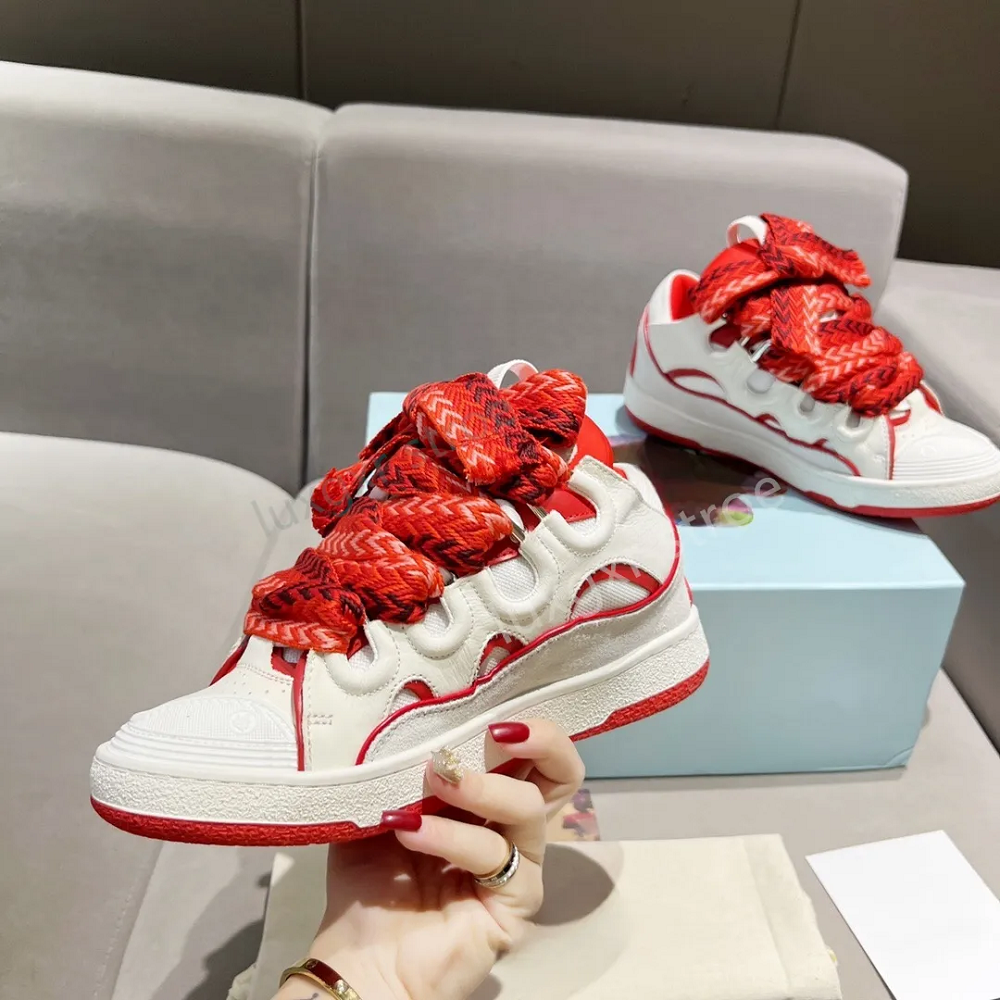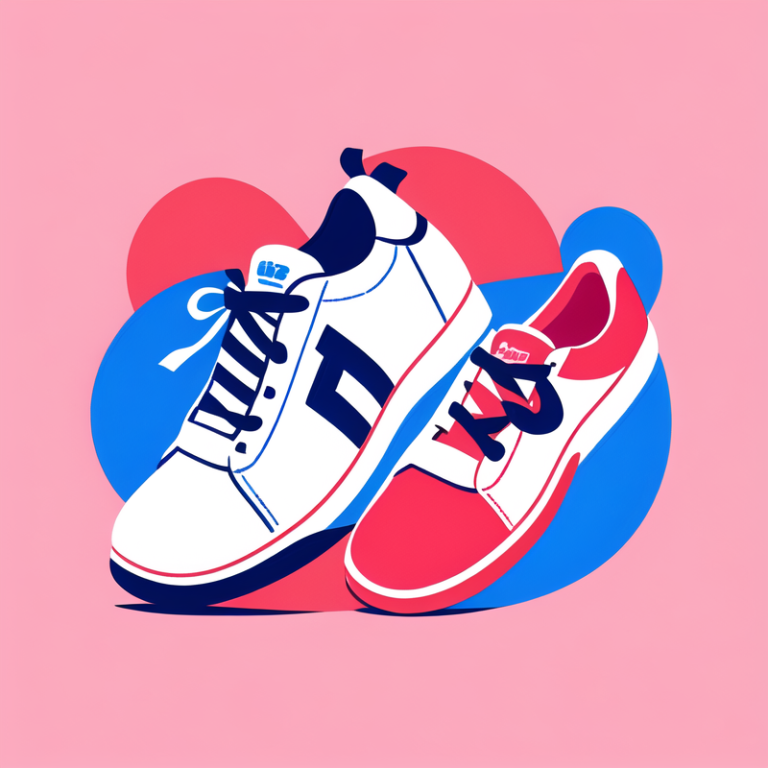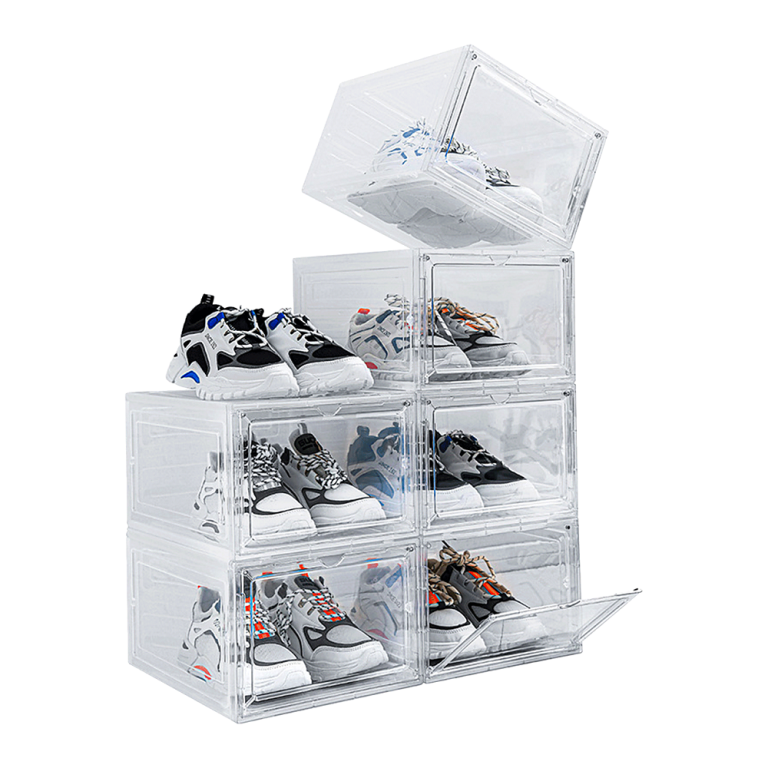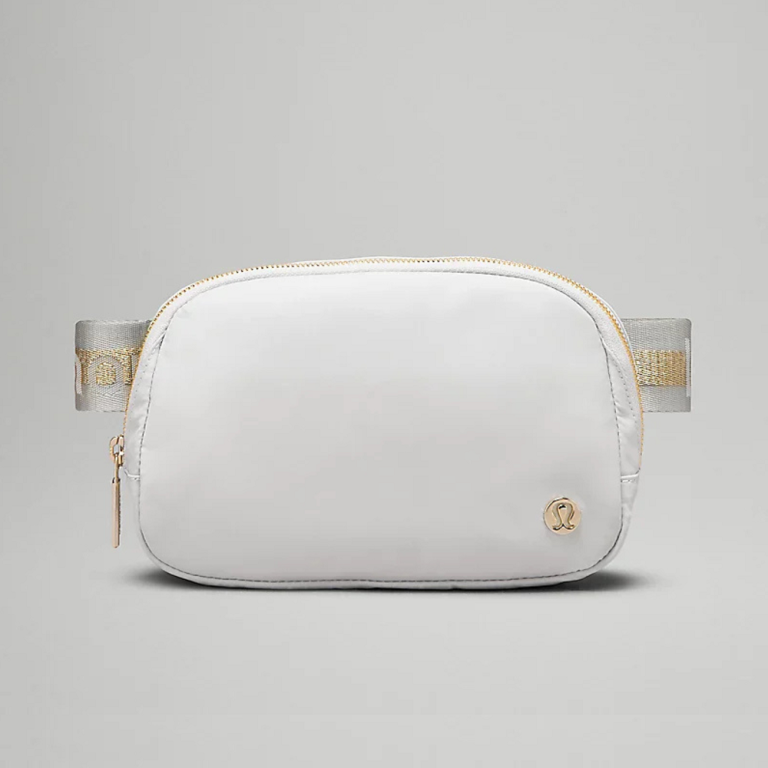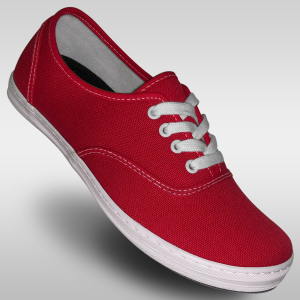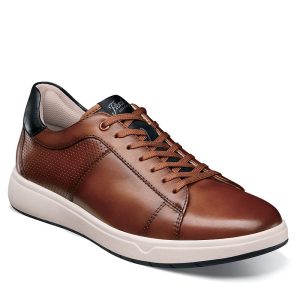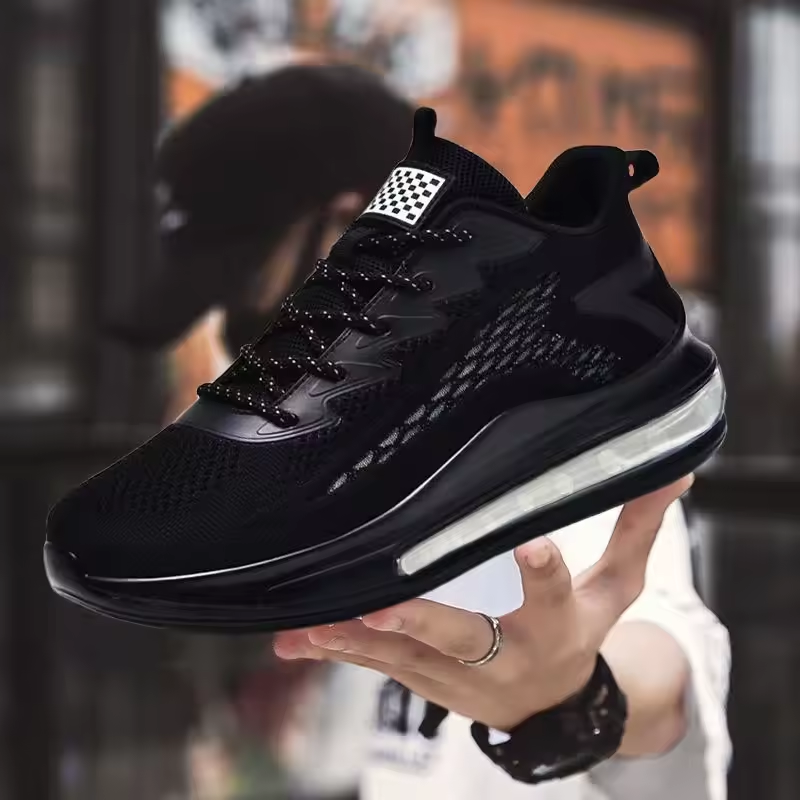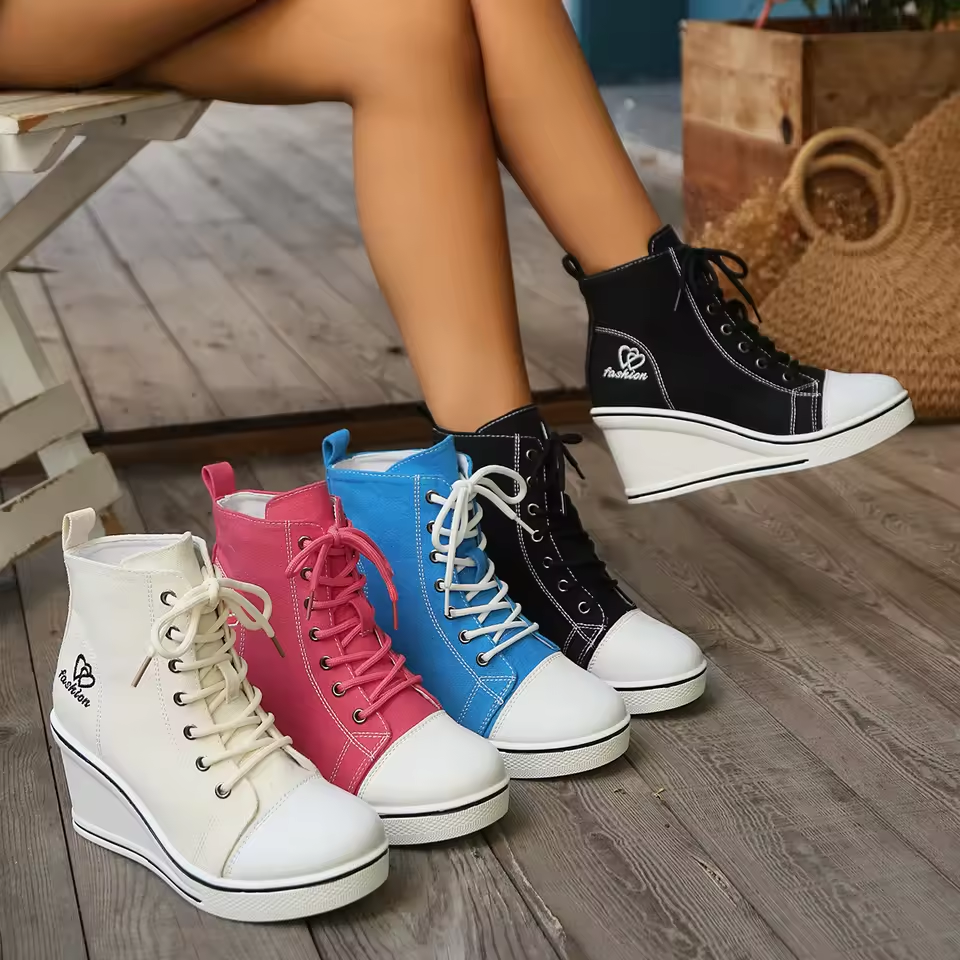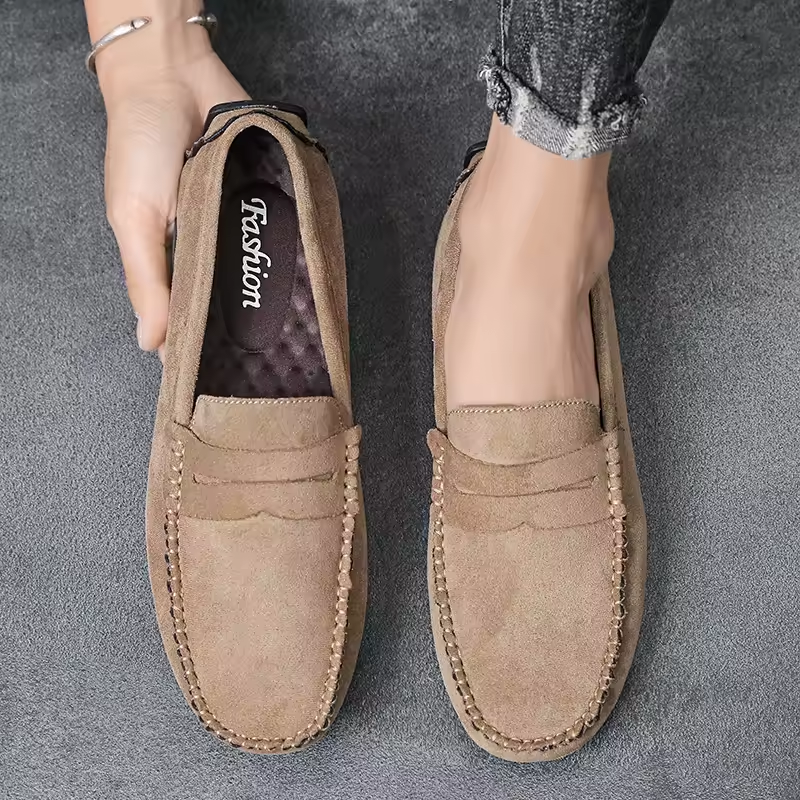Sneakers have evolved from simple athletic footwear to major fashion statements, making them essential in everyday wardrobes and a significant aspect of street style. With a blend of technology, artistry, and cultural influences, sneaker design continues to push boundaries. This article delves into the latest trends and innovations in sneaker design, highlighting what makes this footwear category stand out in the contemporary fashion landscape.
The Evolution of Sneakers: A Brief History
From Function to Fashion
The history of sneakers dates back to the late 19th century when they were primarily designed for athletic purposes. Early models were made of canvas and rubber, providing comfort and grip for sports enthusiasts. As time progressed, sneakers began mixing with fashion. By the 1980s, they became a cultural phenomenon associated with hip-hop and streetwear.
Today, sneakers represent more than just athletic gear; they are symbols of personal style and identity. High-profile collaborations with celebrities and designers have elevated sneaker fashion, making it accessible to a broader audience. This shift has sparked a new appreciation for intricacy and craftsmanship in sneaker design.
The Rise of Sneaker Culture
The rise of sneaker culture has introduced various subcultures, each with its own aesthetic and significance. Collectors and enthusiasts often participate in sneaker culture through buying limited-edition releases or attending sneaker conventions. Social media has also fueled this culture, allowing individuals to showcase their collections and highlight unique designs.
Brands like Nike, Adidas, and Puma have capitalized on sneaker culture by collaborating with fashion designers and influencers. These partnerships lead to unique creations that garner attention and create buzz within the community. The growing importance of storytelling and brand ethos in sneaker design continues to shape the future of this dynamic industry.
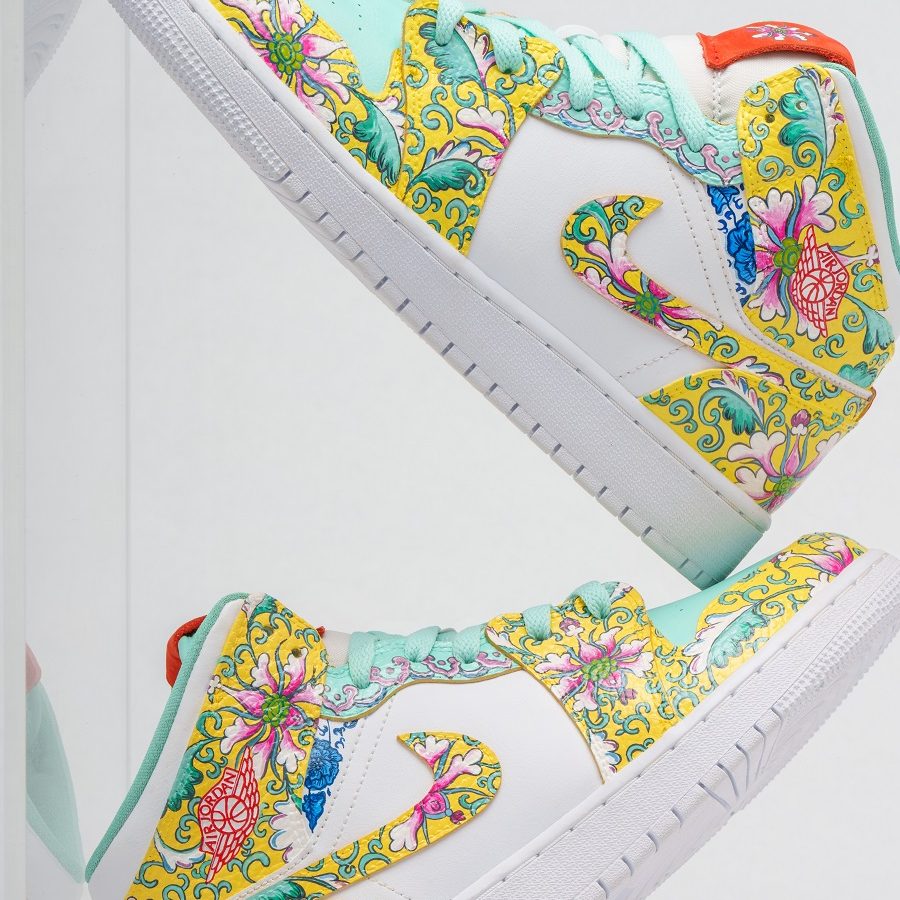
Sustainable Sneakers Design
Eco-Friendly Materials
One of the most significant trends in recent years is the emphasis on sustainability in sneaker design. As environmental awareness grows, many brands are placing a strong focus on using eco-friendly materials. Organic cotton, recycled plastics, and vegetable-tanned leather have become popular choices among designers.
Brands like Allbirds and Veja exemplify this trend by creating sneakers that prioritize eco-conscious materials. Allbirds employs eucalyptus tree fibers and sugarcane for their shoe production, resulting in a lighter, breathable sneaker. Similarly, Veja sources organic cotton and recycled plastic bottles to craft fashionable yet sustainable footwear.
Ethical Production Practices
Sustainability also extends to production practices. Many brands are adopting fair labor practices and ethical manufacturing processes. This movement ensures that workers involved in the production of sneakers are treated fairly and compensated justly. Transparency in supply chains has also gained importance, as consumers become more informed about the products they purchase.
Companies now publish sustainability reports outlining their production processes, workforce conditions, and environmental impact. By prioritizing ethical practices, brands empower consumers to make educated choices about the products they invest in. Sneaker design is evolving to reflect these values, with eco-conscious approaches becoming a cornerstone for many manufacturers.
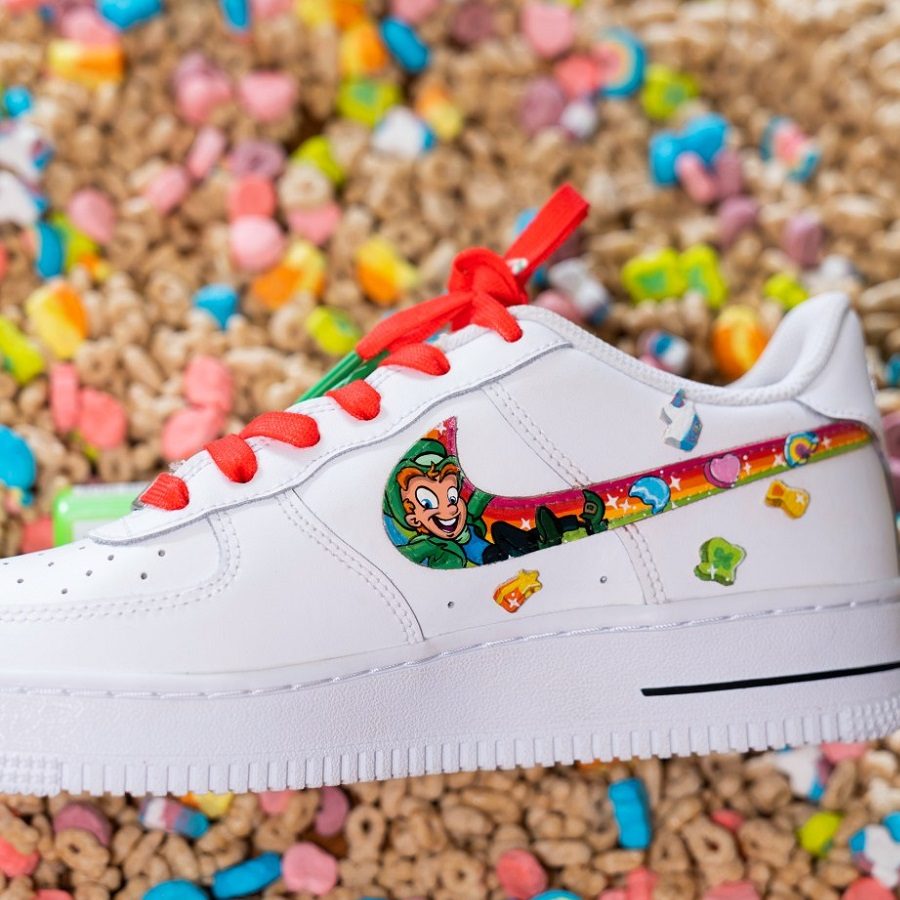
Technological Innovations in Sneakers Design
Smart Technology Integration
The integration of technology into sneaker design has opened a world of possibilities. Smart sensors, fitness trackers, and app connectivity enhance the functionality of sneakers. Brands like Nike and Under Armour have introduced smart sneakers that track performance metrics such as distance, calories burned, and pace.
These innovations cater to athletes and fitness enthusiasts who seek actionable insights into their performance. The data collected helps users set personalized goals, monitor progress, and improve overall results. The ability to connect sneakers to smartphones for data analysis represents the merging of fashion and technology.
Enhanced Comfort and Performance Features
Advancements in material technology have also improved the comfort and performance of sneakers. Innovations such as 3D printing, cushioning technologies, and breathable fabrics allow for better fit and functionality. Brands are investing in research and development to create solutions that enhance athletic performance without sacrificing style.
Nike’s React cushioning technology, for example, provides exceptional energy return and comfort. This innovative foam material adapts to the wearer’s foot, offering support during physical activities. In addition, adaptive materials that conform to the foot shape provide a tailored fit, making sneakers more comfortable than ever.
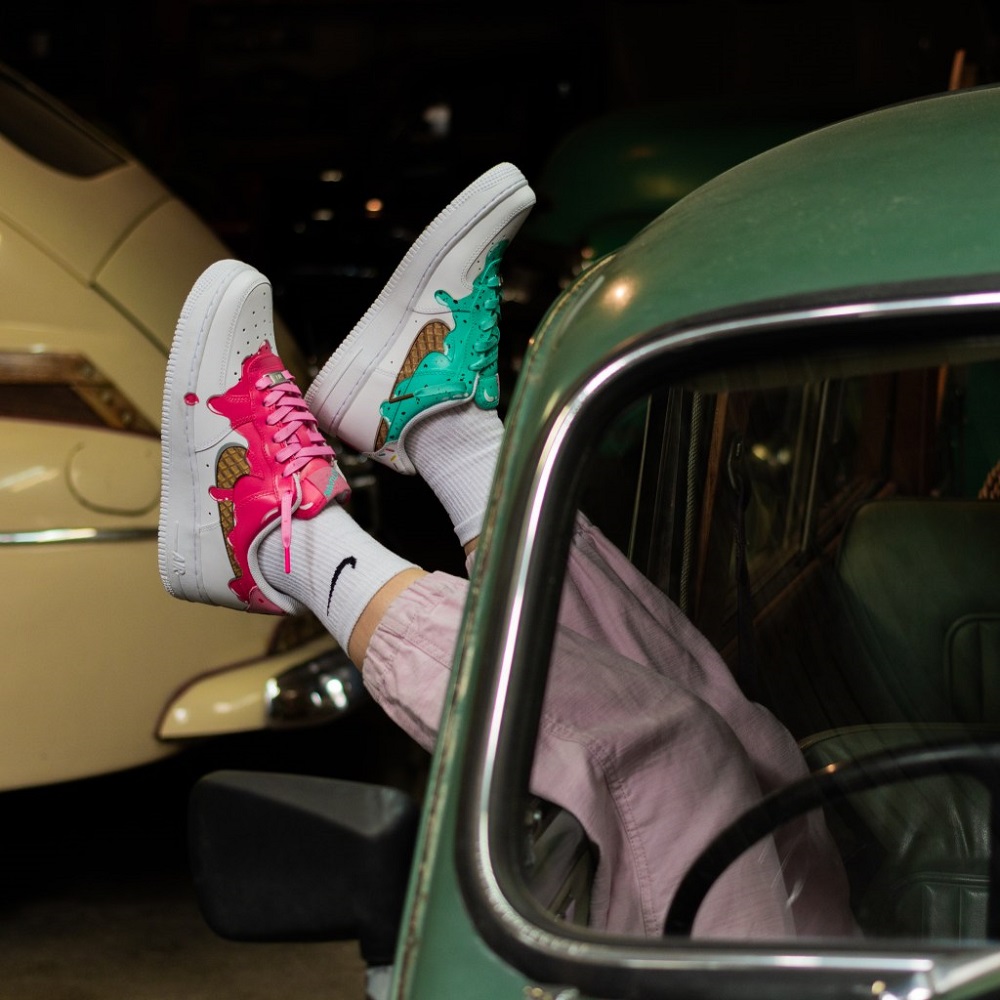
Bold Colorways and Patterns
Vibrant Color Trends
Color plays a crucial role in sneaker design, with bold hues and eye-catching color combinations taking center stage. Brands are exploring vibrant shades that reflect individual personalities and emerging fashion trends. This willingness to experiment with color adds to the growing vibrancy of sneaker aesthetics.
Pastel shades, neon colors, and metallic finishes have gained popularity, appealing to a diverse audience. For example, the resurgence of 90s and early 2000s styles has influenced many sneaker collections, leading to nostalgic color schemes that resonate with younger generations.
Graphic Prints and Patterns
Beyond solid colors, graphic prints and patterns have become essential elements in sneaker design. From animal prints to abstract designs, unique patterns give sneakers a distinct character. Brands are collaborating with artists and designers to create limited-edition releases featuring exclusive artwork that adds creativity and individuality.
The use of patterns can also reflect cultural influences and narratives, allowing designs to tell a story. Sneakers adorned with graffiti-style artwork or tropical motifs not only add flair but also resonate with specific lifestyles and attitudes. The incorporation of graphics elevates sneaker design, making it a vibrant canvas for self-expression.
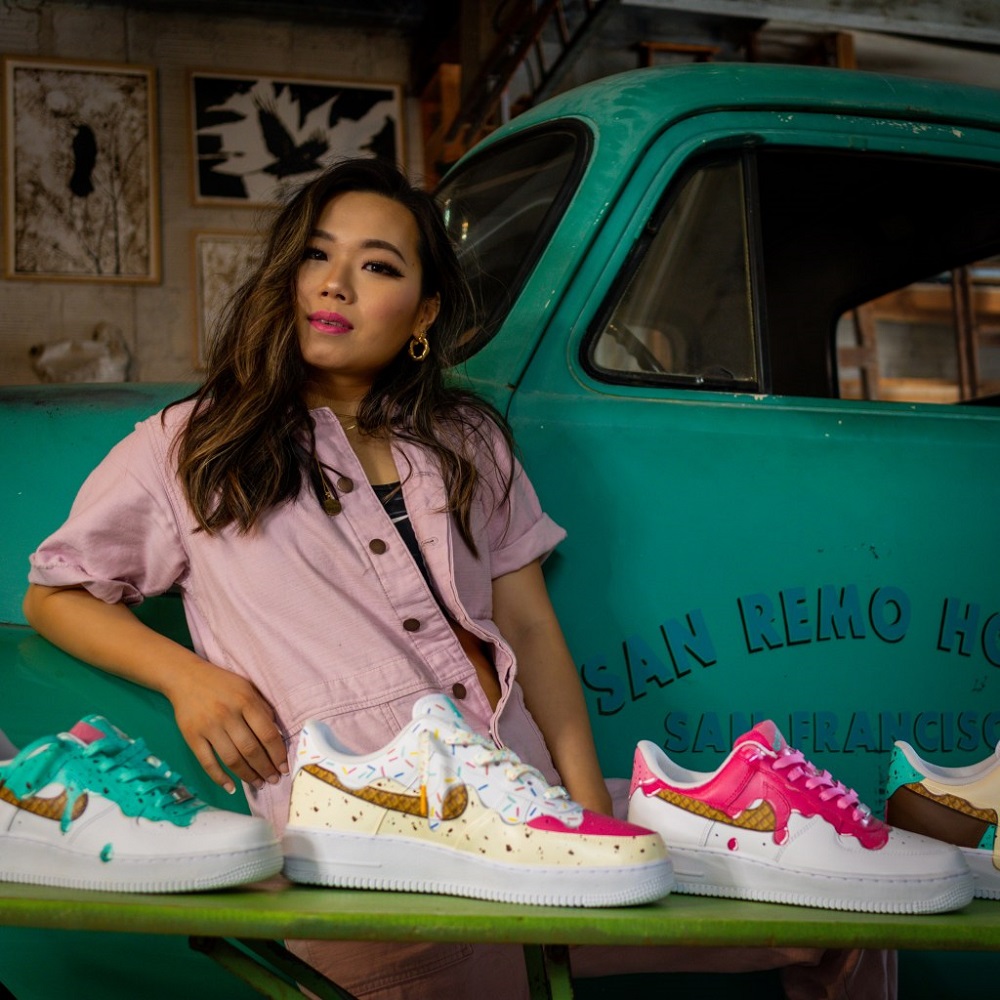
Customization and Personal Expression
Personalized Sneakers
Customization has emerged as a significant trend in sneaker design. Many brands now offer customers the option to customize their footwear. Through online platforms or in-store experiences, consumers can select colors, materials, and even add personalized text to their sneakers.
Brands like Nike and Adidas have pioneered this trend through their customization programs. Nike By You, for instance, allows customers to choose from a variety of options to create a one-of-a-kind product. This level of personalization encourages consumers to engage with the brand while expressing their unique style.
Collaborations with Artists and Influencers
Collaborations between sneaker brands and artists or influencers further amplify the trend of personal expression. Limited-edition releases featuring designs by renowned artists or popular figures create excitement and exclusivity. These collaborations resonate with fans and collectors who appreciate the fusion of art and footwear.
Such partnerships have led to innovative designs that capture attention and spark conversations. Sneakers often become collectible pieces rather than simply footwear. By incorporating unique design elements from influential figures, brands can create products that reflect contemporary culture and values.
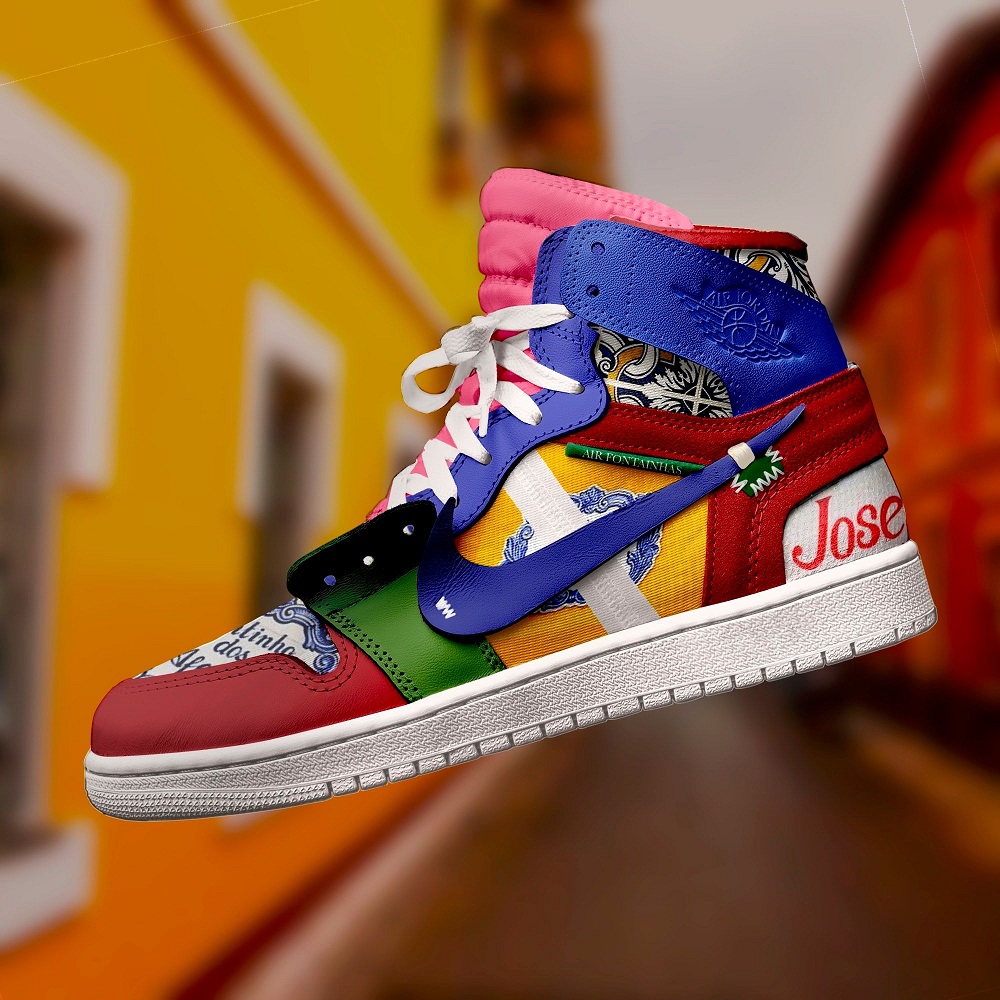
Retro and Vintage Inspirations
Nostalgic Designs
The influence of retro and vintage styles in sneaker design is unmistakable. Brands are revisiting their archives to revive classic silhouettes and reintroduce them to today’s market. This nostalgia-driven approach appeals to both longtime fans and newer generations seeking stylish options.
Sneakers like the Adidas Superstar or Nike Air Max have become iconic representations of their respective eras. Reimagining these silhouettes in new colors or materials allows brands to honor their heritage while keeping them relevant in the ever-changing fashion landscape.
Mixing Old with New
Combining retro designs with modern technologies is a distinguishing feature of contemporary sneaker design. For example, brands may incorporate advanced materials or cushioning systems into classic models, providing the best of both worlds. This method introduces comfort and performance enhancements without sacrificing the beloved aesthetics of the originals.
The trend of mixing old and new reflects a broader desire for authenticity in fashion. Consumers appreciate designs that evoke memories while benefiting from technological advances, creating a deeper connection to the products they choose.
The Future of Sneaker Design
Sustainability as a Core Principle
As sneaker design evolves, sustainability will likely become even more central to development practices. The industry is recognizing the need for environmentally friendly initiatives, from production methods to materials used. Brands must adapt to changing consumer preferences and expectations regarding sustainability.
This focus on sustainability may lead to innovations such as biodegradable materials and closed-loop manufacturing processes. As brands strive to minimize their environmental impact, the design process will evolve, prioritizing sustainable choices that appeal to conscious consumers.
Embracing Diversity and Inclusivity
Another key trend expected to shape the future of sneaker design is a focus on diversity and inclusivity. Brands are increasingly acknowledging the importance of representing various cultures, body types, and lifestyles in their designs. This shift is essential for creating products that resonate with a broader audience.
Embracing diversity in sneaker design can lead to collaborations that uplift underrepresented voices within the industry. Fostering inclusivity can inspire innovative designs that cater to various tastes and societal values. Ultimately, this approach is not just about sneakers, but about building a community and fostering a sense of belonging through fashion.
Embracing the Evolution of Sneakers Design
In conclusion, sneaker design is an ever-evolving landscape characterized by bold ideas and innovative advancements. From sustainable practices and technological integrations to vibrant color trends and personalized designs, the world of sneakers offers a dynamic range of choices.
Understanding the latest trends allows consumers to connect with their footwear on a deeper level. By embracing the creativity that sneakers embody, wearers can express their individuality and participate in a cultural phenomenon that transcends generations.
As we look ahead, the future of sneaker design will continue to evolve, driven by sustainability and inclusivity. The fusion of art, culture, and innovation will ensure that sneakers maintain their significance as both functional footwear and powerful fashion statements. Embrace the vibrant world of sneakers, and allow your personal style to shine through each step you take.
